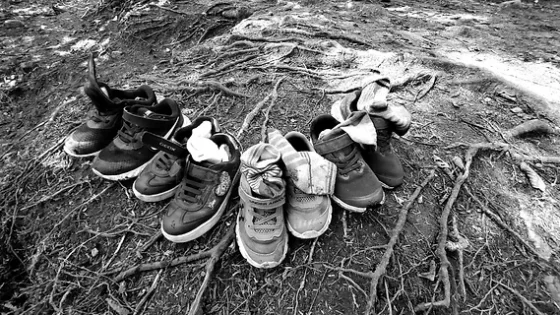Explore our curated list of fun and educational kids songs about feelings and emotions that help them better understand how to express their emotions. This playlist is perfect for both early learning and emotional development!
by Lorrie Holmes
by Lorrie Holmes
by Lorrie Holmes

We head off to the forest for a day of dramatic play with our packs loaded up with snacks, water bottles, and extra gear. The supplies we bring with us depend on our group and the current interests and inquiries that weave their way throughout our outdoor play time together. Sometimes it’s our magnifying glasses and clipboards so we can observe and document our findings, other times it’s a mud kitchen set to create a myriad of delicious pies, cakes, and soups. Whatever we bring with us, it’s minimal. After ample time exploring the forest with the same group of 3-5 year olds, there is little reliance on non-natural materials. The relationship they’ve built with the natural world is a thing of magic, and their play is inspired as much by their lived experiences as the forest landscape around them. In a world where we are conditioned to think more is best and consumerism has arguably reached an all time high, nature reminds us that we don’t need all that extra ‘stuff’ to keep us happy and content. The more time we spend outside with our group of Saplings, the more we see this to ring true. In the forest, a bucket of pinecones, leaves, and some mud transforms into a delicious batch of cupcakes. A long stick becomes a magic wand, ready to grant wishes and turn our friends into mystical creatures. An open space between trees is a house, a castle, or a secret hideaway. A low hanging branch is the perfect hiding spot when trying to surprise your friends. The list goes on, and on.
Written by Lorrie Holmes
“Play gives children a chance to practice what they are learning.”
Fred Rogers
Interviewed by Lorrie Holmes
Felt Story Created by Meg Felt Stories
Written by Lorrie Holmes
